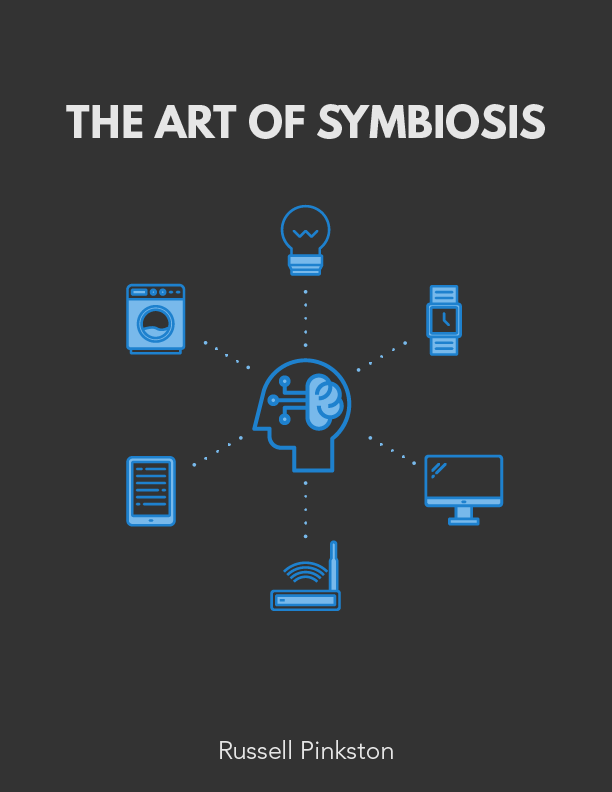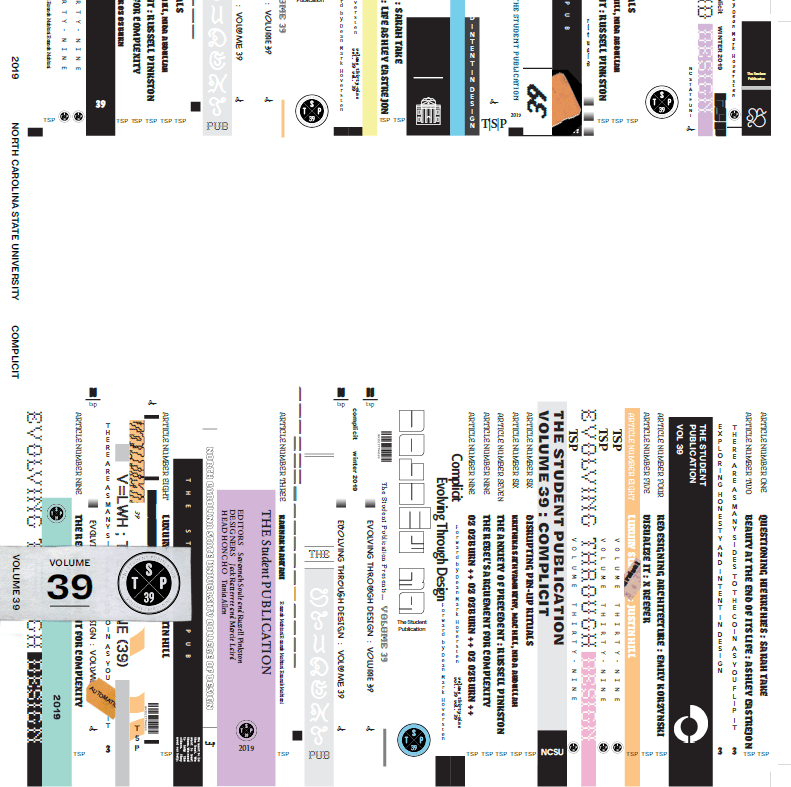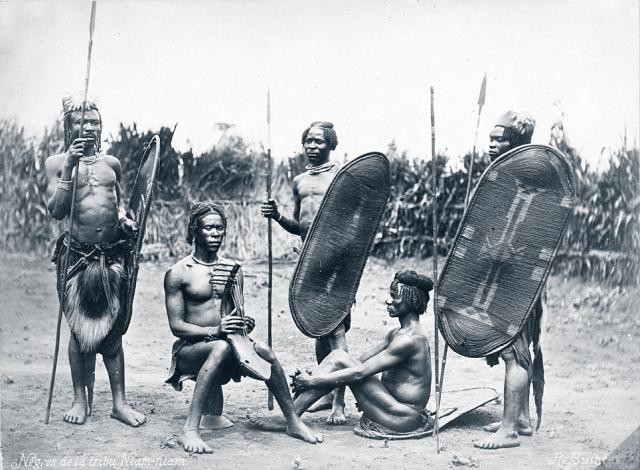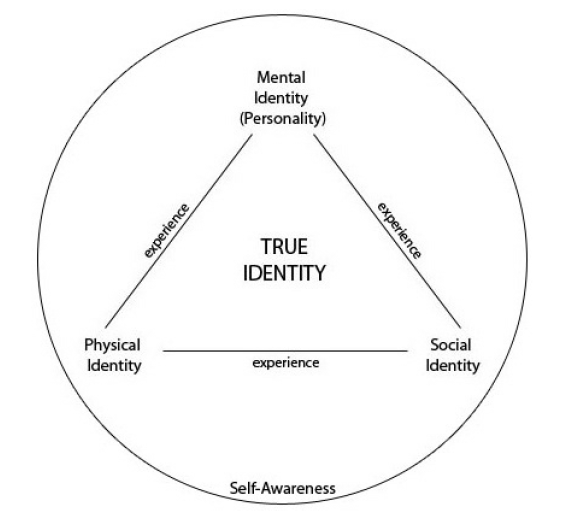Academic Writing

The Social Design Toolkit (2021)
Using Design Methodologies To Tackle Complex Human Issues
Designers are instigators of change, and the decisions they make can impact people’s lives in unexpected ways. The ideology behind social design is that designers have a social responsibility to create positive change by prioritizing people in their decisions. However, the commercialization of design practice often puts several degrees of separation between the people who design products, the people who make them, and the people who consume them, leading to design which elevates the designer’s process above people’s needs.
Combining methods from design, anthropology, and cultural dimensions theory, social design is a holistic way of embracing cultural difference and reducing the social gap between the creators of culture and those who experience that culture.

The Art of Symbiosis (2020)
What is it to be human? Is our humanity found in impermanence—in the frail, fleshy vessels that lend locomotion to our minds? Or, is our humanity found in the struggle to overcome this impermanence? Every day, we use technology to enhance our abilities. It is seamlessly interwoven with the fabric of our daily lives, from “smart devices” to the systems of infrastructure that keep civilization from collapse. Since the dawn of humanity, we have striven to become more than human, to enhance ourselves to a state of immortality, to become Homo Superior. We are on the cusp of possessing technologies which would enable us to enhance ourselves beyond that which is naturally possible, and so we find ourselves teetering on the brink of an existential chasm. As we slip into a delicate symbiosis with the superhuman technology of our own design, does this make us more—or less human?

The Student Publication (vol 39)
Complicit
“Design is often thought of as the act of creation— the creation of something either new or re-imagined. But design must, at times, necessitate destruction.”
An essay I published in this volume of The Student Publication (entitled “The Anxiety of Precedent”) examines the influence of modernism, the Bauhaus, and Jan Tschichold’s Van de Graaf canon on contemporary graphic design.
NCSU’s The Student Publication is the oldest student-led design journal in the country. I served as editor of this volume, which brings together work from both students and design practitioners to discuss the value of “rebellion” in design.






